Warren Distinguished Lecture Series

The Warren Distinguished Lecture Series is made possible by a generous, renewing gift by Alice Warren Gaarden in 1961. Since 1989, we have been bringing in accomplished researchers and speakers from around the world to share their work with students, faculty, and friends of CEGE. Please join us for these lectures!
- Join us in person in the George J. Schroepfer Conference Theater, 210 Civil Engineering Building, Fridays at 10:10 a.m., unless otherwise noted. Coffee and refreshments served.
- Join us via Zoom. Registration is required. Link information will be sent when you register.
- Recordings are available on the CEGE YouTube channel, Warren Lecture Series playlist , where you can also search past lectures.
Upcoming Events
Apr 19 Henry Liu, Civil and Environmental Engineering, and Mechanical Engineering, University of Michigan
Apr 26 Robert Dexter Lecture: Dimitrios Lignos, Resilient Steel Structures Laboratory, École Polytechnique Fédérale de Lausanne (EPFL), Lausanne (Switzerland)
(The series will resume after a summer break.)
There are no upcoming events matching your criteria.
Past Warren Lectures
Warren Lecture with Nikolaos Geroliminis
Friday, April 16, 2021, 10:10 a.m. through Friday, April 16, 2021, 11:30 a.m.
Nikolaos Geroliminis
EPFL Lausanne, Switzerland
"On the Inefficiency of Ride-sourcing Services Towards Urban Congestion"
ABTRACT: The advent of shared-economy and smartphones made on-demand transportation services possible, which created additional opportunities but added more complexity to urban mobility. Companies that offer these services are called Transportation Network Companies (TNCs) due to their internet-based nature. Ride-sourcing is the most notorious service TNCs provide. Little is known about the degree to which ride-sourcing operations interfere in traffic conditions. We experimentally analyze the efficiency of TNCs using taxi trip data from a Chinese megacity and an agent-based simulation with a trip-based MFD model for determining the speed. We investigate the effect of expanding fleet sizes for TNCs, passengers’ inclination towards sharing rides, and strategies to alleviate urban congestion.
Warren Lecture with Andrew J Whelton
Friday, March 26, 2021, 10:10 a.m. through Friday, March 26, 2021, 11:30 a.m.
Andrew J Whelton
Civil Engineering and Environmental and Ecological Engineering, Purdue University
"Preventing Future Safety and Environmental Problems: Experiences of Polymers in Water Infrastructure Systems"
ABSTRACT: As buried water infrastructure in the U.S. continues to deteriorate, many communities are racing to replace and replace these assets. Many of these communities are choosing to repair pipes in place, or replace with polymer materials. This is also the case for building systems and new construction, where polymer material use can be 90% less costly than legacy materials and methods. Whelton describes his experience with polymer prevalence in water infrastructure systems and product failures, and recommends education to lessen the chance of future failures and health impacts.
Modeling Soil-Machine Interaction: Evolving Research on Evolutionary Plasticity Problems
Friday, Feb. 12, 2021, 10:10 a.m. through Friday, Feb. 12, 2021, 11:15 a.m.
James Hambleton
Civil and Environmental Engineering, Northwestern University
"Modeling Soil-Machine Interaction: Evolving Research on Evolutionary Plasticity Problems"
Impacts of Automation in Future Public Transport Systems
Friday, Nov. 6, 2020, 10:10 a.m. through Friday, Nov. 6, 2020, 11:15 a.m.
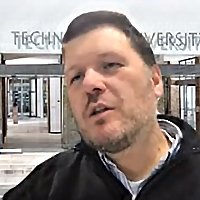
Constantinos Antoniou
Civil, Geo and Environmental Engineering, Technical University of Munich
ABSTRACT: Antoniou looks at some recent and ongoing research on expected impacts of automation in transforming public transport systems. He describes an integrated framework for a scenario-based impact assessment. Topics include an analysis of multiple waves of survey data collected from users of an automated bus deployment in Stockholm, as well as the development of an analytical model that provides insights into how automation may affect the design and operation of future public transport systems, applied to networks in Germany and Chile.
Bottom-Up and Top-Down Approaches to the PFAS Problem: From Molecular Models to Policy Frameworks
Friday, Oct. 23, 2020, 10:10 a.m. through Saturday, Oct. 10, 2020, 11:15 a.m.
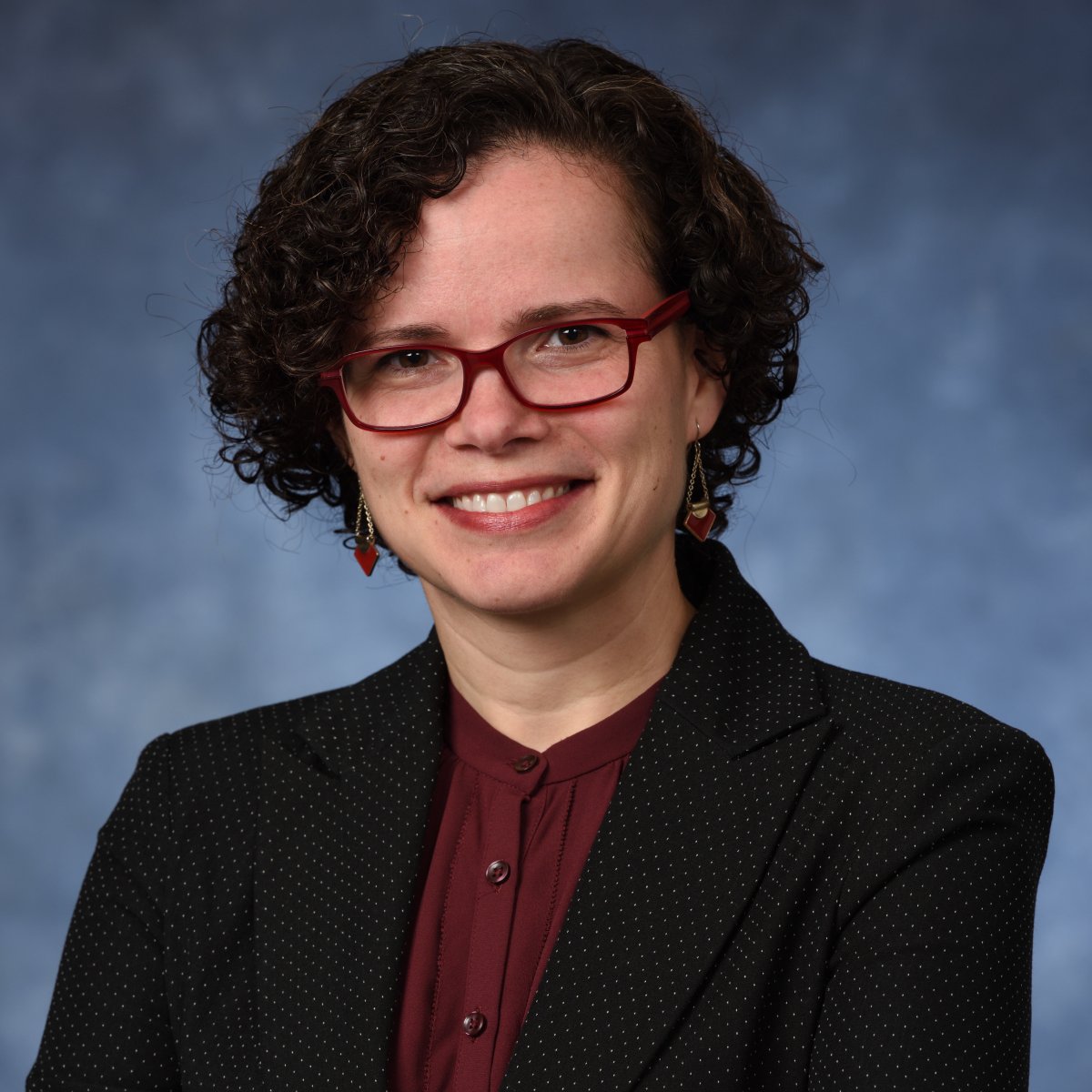
Carla A. Ng
Civil and Environmental Engineering, University of Pittsburgh
Per- and polyfluorinated alkyl substances (PFAS) are a diverse group of chemicals used in a dizzying array of applications. Public concern is growing over ubiquitous human exposure to PFAS, and the recognition that some PFAS are bioaccumulative and can be toxic even at extremely low concentrations. This concern has prompted policy action at state, federal, and international levels. Yet the development of sound policy and decisions around PFAS is complicated by lack of data on most members of the broad class of chemicals and by the practical difficulties around a substance-by-substance approach to evaluating these chemicals, particularly given their unique properties and behavior in environmental and biological systems. Ng highlights several initiatives from her research group and collaborative work to tackle the PFAS problem at two levels. At the molecular level, she is developing integrative modeling strategies to predict the behavior and potential hazard of diverse PFAS using computational approaches that help to overcome limitations of traditional testing and increase throughput. At the policy framework level, she is collaborating with a team of international academic and regulatory scientists and policy analysts to develop scientifically sound strategies to eliminate hazardous PFAS from products and processes.
Level Excursion Analysis of Probabilistic Quasibrittle Fracture
Friday, Oct. 2, 2020, 10:10 a.m. through Friday, Oct. 2, 2020, 11:15 a.m.
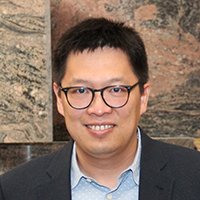
Jia-Liang Le
Civil, Environmental, and Geo- Engineering, University of Minnesota
ABSTRACT: It is widely acknowledged that no structure can be designed to be risk free, and therefore, reliability analysis plays a central role in the design of engineering structures. The recent focus has been placed on structures made of brittle heterogenous (a.k.a. quasibrittle) materials, such as ceramics, composites, concrete, and many more at the microscale. Le and his team recently developed a level excursion model for analyzing the probabilistic failure of quasibrittle structures, in which the structural failure probability is calculated as a first passage probability. The main feature of the model is that it captures both the spatial randomness of local material resistance and the random stress field induced by microstructures. The model represents a continuum generalization of the classical weakest-link model, which recovers the Weibull distribution as an asymptotic distribution function. In this talk, Le discusses two applications of this model.
Modeling and Optimization of Transportation Networks with Emerging Technologies
Friday, Sept. 25, 2020, 10:10 a.m. through Friday, Sept. 25, 2020, 11:15 a.m.
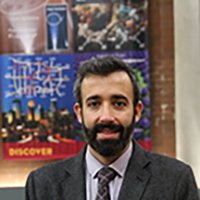
Alireza Khani
Civil, Environmental, and Geo- Engineering, University of Minnesota
ABSTRACT: Transportation systems are confronting disruptive changes due to the emergence of new technologies such as shared mobility and autonomous vehicles. Traditional methods of modeling transportation systems do not capture the characteristics of new modes or the behavior of users in response to new modes. Therefore, new and customized methods are needed for i) analyzing human mobility patterns from new data sources, ii) controlling the operation of on-demand mobility services, and iii) optimizing long term planning of transportation infrastructures considering future technologies. In this seminar, Khani presents optimization methods to solve selected problems from the three research needs. He and his team develop and apply these methods in the context of multimodal transportation systems to increase benefits to society.
When Topology Met Phononics: Wave Manipulation on Edges and Interfaces
Friday, Sept. 18, 2020, 10:10 a.m. through Friday, Sept. 18, 2020, 11:15 a.m.
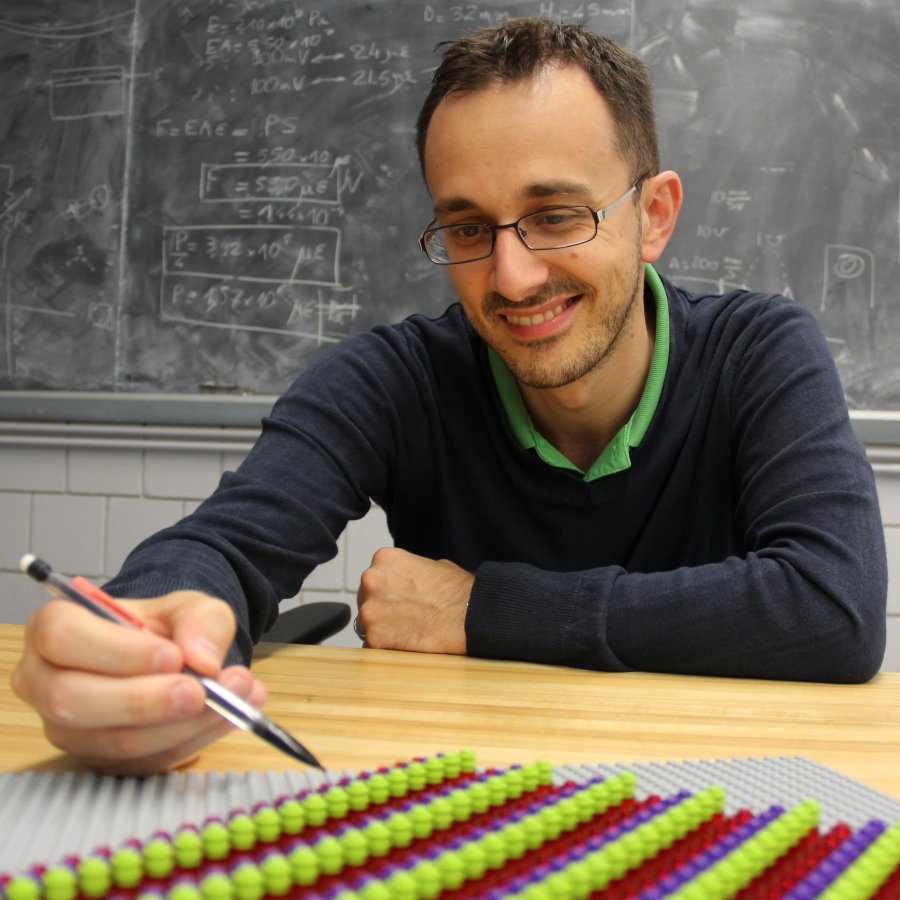
Stefano Gonella
Civil, Environmental, and Geo- Engineering, University of Minnesota
ABSTRACT: Elastic metamaterials are structural materials that owe their unique wave manipulation capabilities to their complex internal architecture. Topological metamaterials are special metamaterials whose behavior is directly controlled by the topology of their phonon band structure. In this talk, we present two problems in topological phononics that deal with the propagation of waves at edges and interfaces. The first problem regards a class of metamaterials known as topological Maxwell lattices. In the second part of the presentation, we demonstrate the existence of valley-Hall edge states in the in-plane dynamics of honeycomb lattices with bi-valued strut thickness.
Plagiarism, Plagiarisma, Plagiarmania
Friday, March 6, 2020, 10:10 a.m. through Friday, March 6, 2020, 11:15 a.m.
George J. Schroepfer Conference Theater, 210 Civil Engineering Building
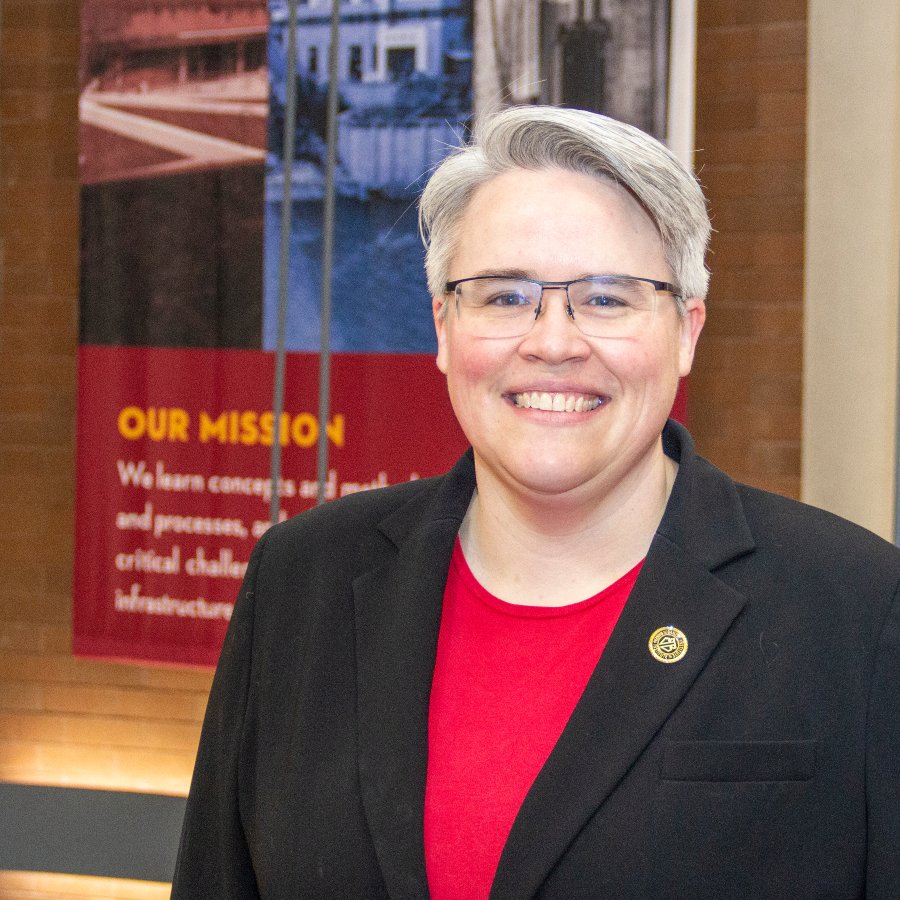
Nancy Sims
Libraries, University of Minnesota
Citation, credit, authorship, ownership—at first pass most of these seem like fairly straightforward topics. But beyond a cursory look, these issues are rich and complex, with surprising and subtle nuances across academic disciplines, creative communities, cultural groups, and legal jurisdictions. Technologies intended to address concerns in these areas often fail on numerous edge cases, although they are also sometimes useful. Attorney and librarian Nancy Sims explores some of the tensions inherent in academic understandings of credit and plagiarism.
Nonlinear Bayesian Inference for High-dimensional Systems
Friday, Feb. 28, 2020, 10:10 a.m. through Friday, Feb. 28, 2020, 11 a.m.
George J. Schroepfer Conference Theater, 210 Civil Engineering Building
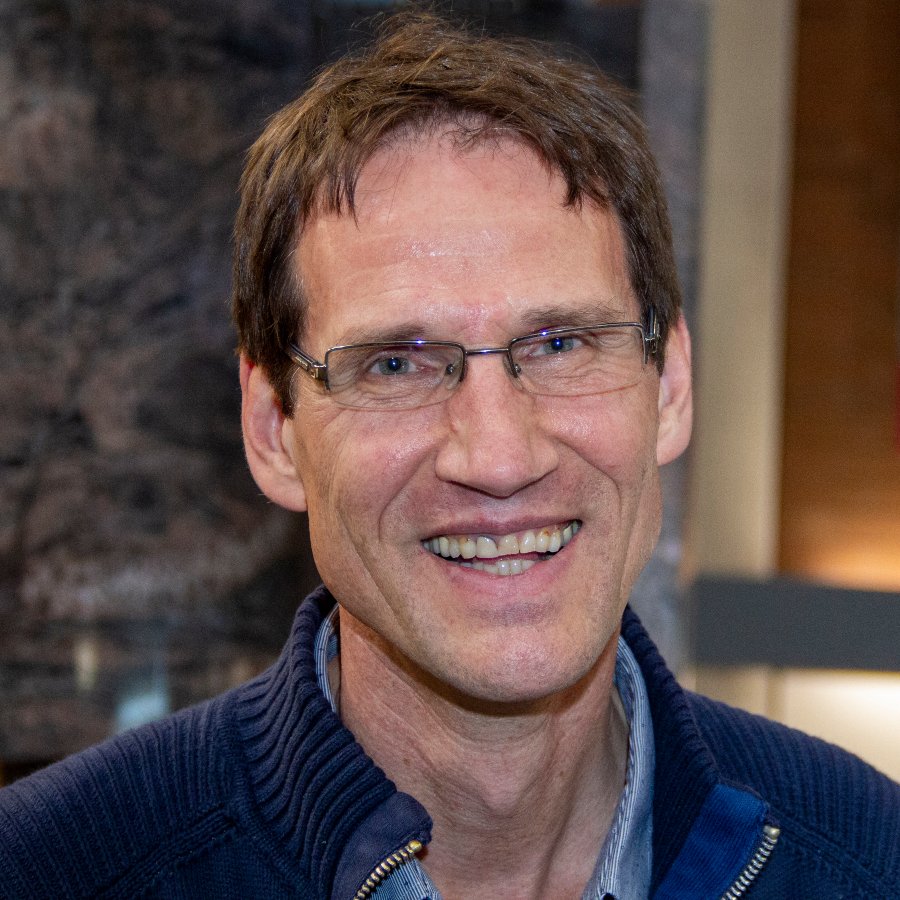
Peter Jan van Leeuwen
Atmosphereic Science, Colorado State University
ABSTRACT: In the geosciences, Bayesian inference is known as data assimilation, and many powerful methodologies have been developed, for instance for weather prediction. At present, weather prediction centers try to find useful solutions to the data-assimilation problem in a state space of size 10 billion or more. These methods are all based on linearizations of the problem, while with ever increasing model resolution and more sophisticated observations the problem has become highly nonlinear. Hence, there is a call for fully nonlinear methods. A new possibility has been developed based on so-called particle flows. Van Leeuwen demonstrates the usefulness of this new approach in simple toy problems and in high-dimensional ocean systems discussing theoretical and practical issues. Finally, van Leeuwen discusses how the present-day weather prediction scheme can be adapted to transform weather prediction from an approximate linearized solution to a fully nonlinear solution of the Bayesian Inference problem.